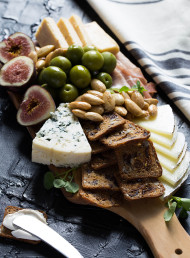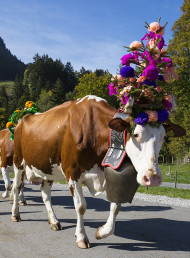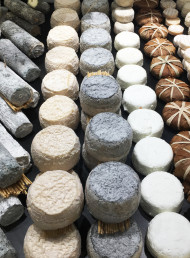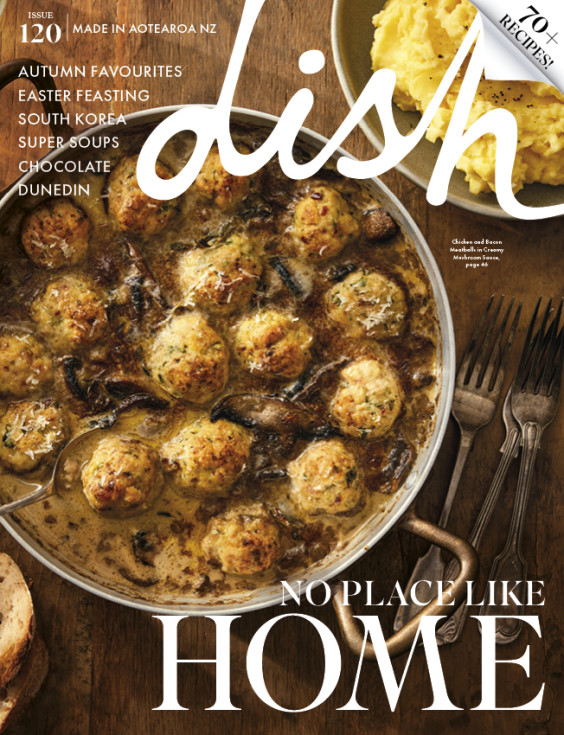Stories of cheese: Buffalo best
Photography by Manja Wachsmuth.
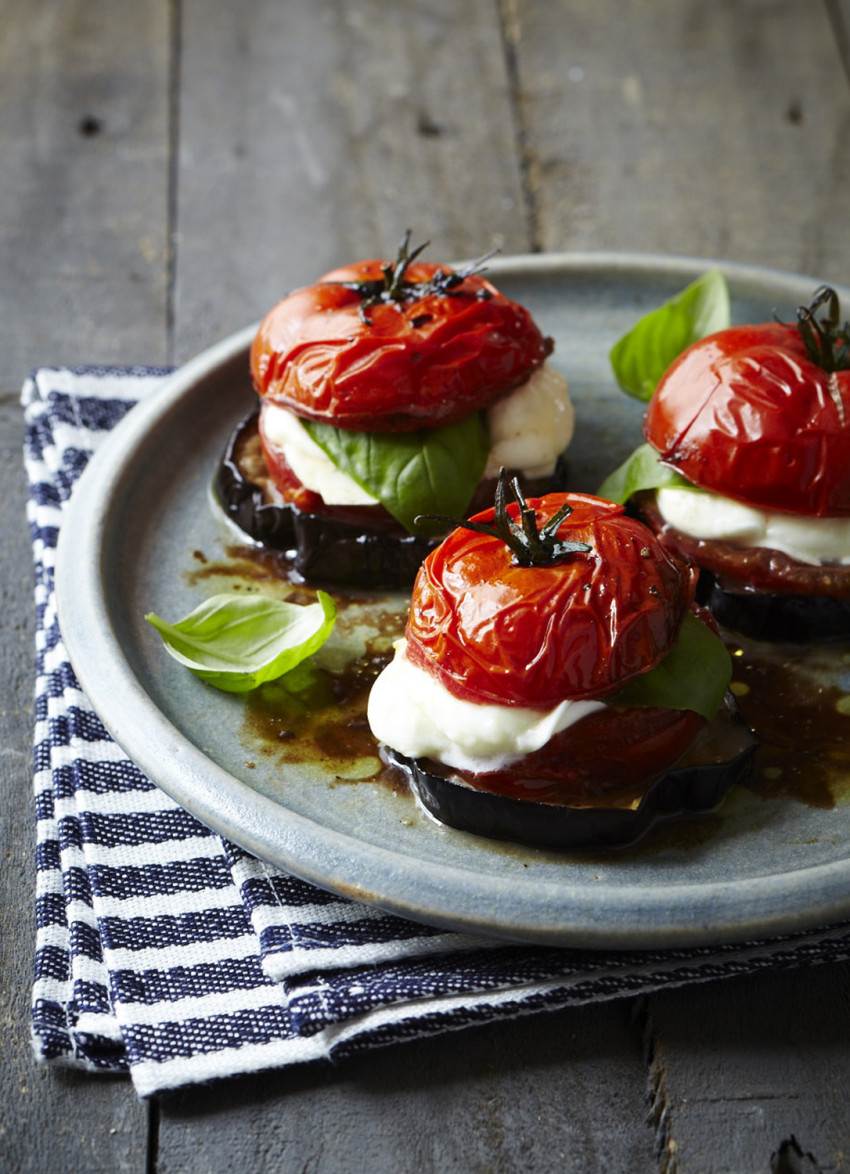
There are numerous theories as to how the water buffalo found itself in Southern Italy. But one thing remains widely agreed upon, the bi-products are simply delicious.
The Consortium responsible for the quality and provenance of around 200 producers of Mozzarella di Bufala in Campana, suggest they were introduced from Sicily in 1000, introduced by travelling Arabs. The opposing theory, that they were brought from Mesopotamia by pilgrims returning from the crusade, while fossil evidence suggests they originated in Italy.
Whatever the truth may be, there is no doubt that the origin of New Zealand buffalo milk indisputably comes from either Whangaripo Buffalo, near Matakana, or Clevedon Valley Buffalo, near the Bombay Hills.
The recipe for mozzarella was first introduced from the Middle East, where other stretched curd or pasta filata cheeses are still made in Hungry, Bulgaria, Cyprus and Israel. To create its unique texture, chunks of curd are heated until they can be stretched and pulled into balls or plaited, trapping droplets of whey in the layers of curd. Mozzarella should have a shiny, glossy, pearl white skin, damp to the touch with no yellowish marks or spots.
The inside of the cheese, looks like cooked chicken breast, with pearls of milky whey that seep out when cut – as if it had been soaked in milk. This beautiful cheese has a fragrant, earthy, mossy aroma and a taste reminiscent of new leather. Springy when first made, mozzarella eventually becomes softer and squishier but should never be crinkled, slippery or salty. You’ll know when it’s over ripe, as it will taste distinctly bitter and sour.
Buffalo milk is rich in calcium, high in protein and surprisingly low in fat. Imitated the world over, it varies from lush, juicy pure white balls that look like poached egg whites to yellow, rubbery, blocks of cows’ milk, that should be reserved strictly for children’s pizzas.
When cooked, layers of curd trap, absorb and intensify the juices, oils and ingredients it is paired with, producing iconic culinary combinations like pizza, originally from Naples, to olive oil, balsamic vinegar, tomato and basil salad to Melanzane alla Parmigiana, made from layers of aubergine and mozzarella, in a tomato-based sauce.
When cooking with this fragile, high-moisture cheese, it can quickly become tough and leathery, and is always better baked in a hot oven as opposed to a grill, where it can quickly shrink, harden and lose its flavour.
Varieties to try:
Clevedon Valley Buffalo
Based near the Bombay Hills, Richard and Helen Dorresteyn have a herd of 200 and produce everything from mozzarella, bocconcini, ricotta and yoghurt. Their marinated buffalo cheese is sold throughout Auckland, Clevedon Valley Farmers’ Market and selected retailers in throughout Australia.
Whangaripo Buffalo Co.
From their herd of about 70, Annie and Phil Armstrong are making Marin Blue, St Benedict the Black a Soft-White cheese; Flying 15 and Mt Tamahunga, 2 wonderful wrinkly-rinded Aged Fresh cheese and a Hard Cheese, St Malo to name but a few! Production is small, but they are available in a few stores throughout Auckland and at the Matakana Market.
Mozzarella di Bufala Campana
La Fromagerie in Auckland’s Newmarket import the most extensive range of European cheeses weekly, and distribute throughout New Zealand.
latest issue:
Issue #120
As the days become shorter, and the nights cooler, the latest issue is perfectly timed to deliver delicious autumn dishes. From recipes using fresh seasonal produce such as feijoas and apples, to spectacular soothing soups and super-quick after-work meals in our Food Fast section, we’ve got you covered. With Easter on the horizon, we feature recipes that will see you through breakfast, lunch and dinner over a leisurely weekend holiday, and whip up chocolatey baking treats sure to please. We round up delicious dinners for two and showcase a hot new Korean cookbook before heading south to Dunedin to check out all that’s new in food and dining.The latest issue of dish is on sale NOW at all good bookstores and supermarkets – don’t miss it!

